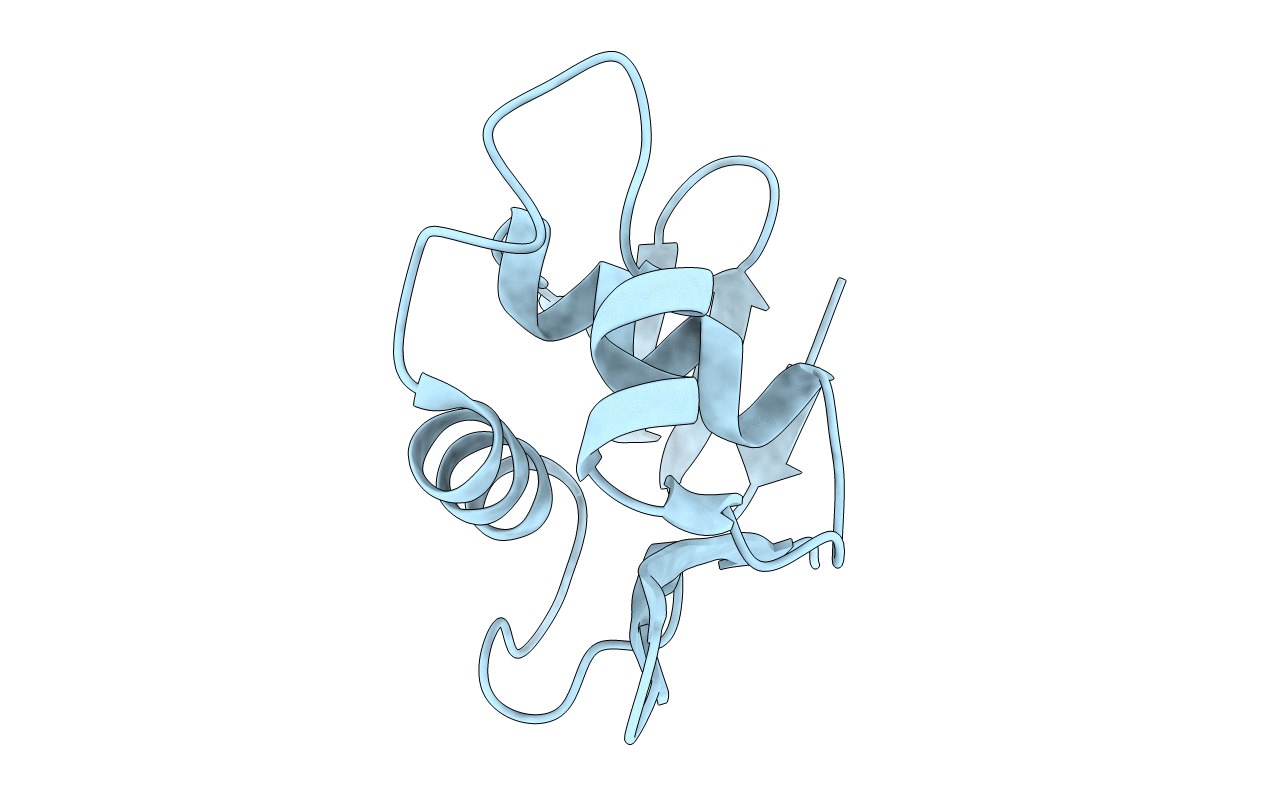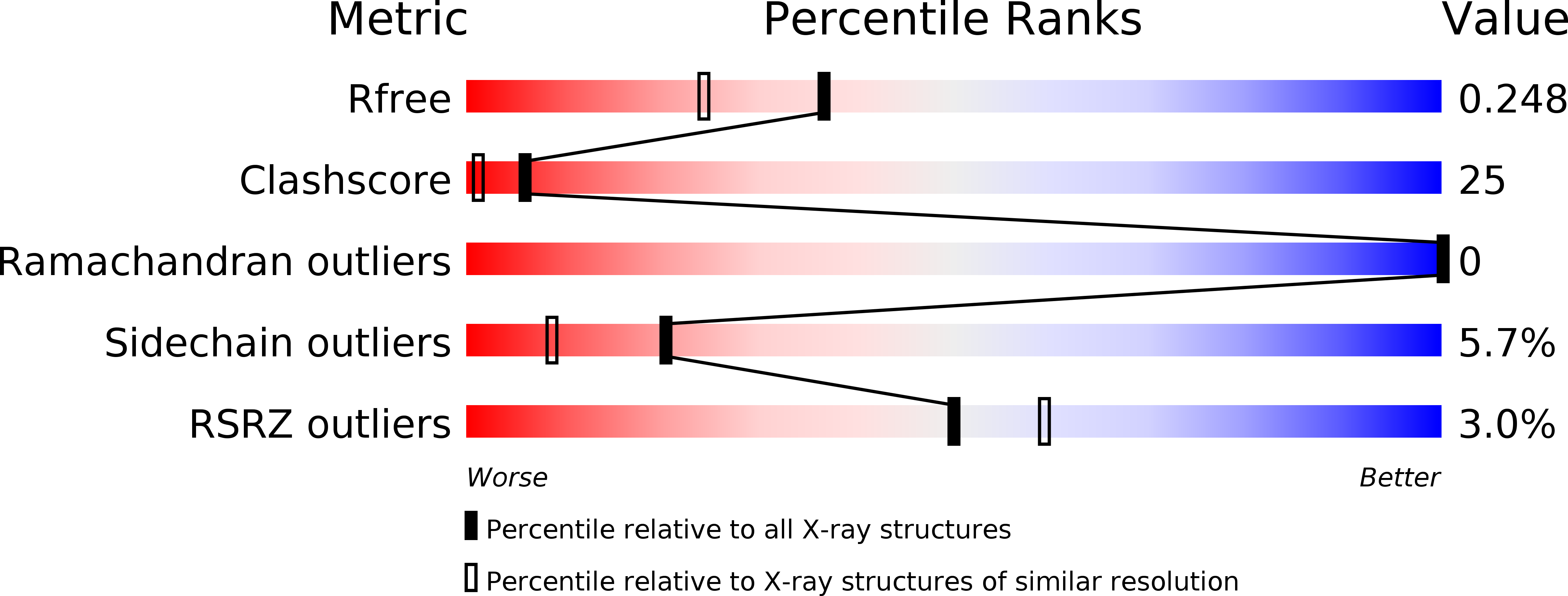
Deposition Date
1996-12-16
Release Date
1997-04-01
Last Version Date
2024-02-14
Method Details:
Experimental Method:
Resolution:
1.95 Å
R-Value Free:
0.26
R-Value Work:
0.22
Space Group:
P 32 2 1


